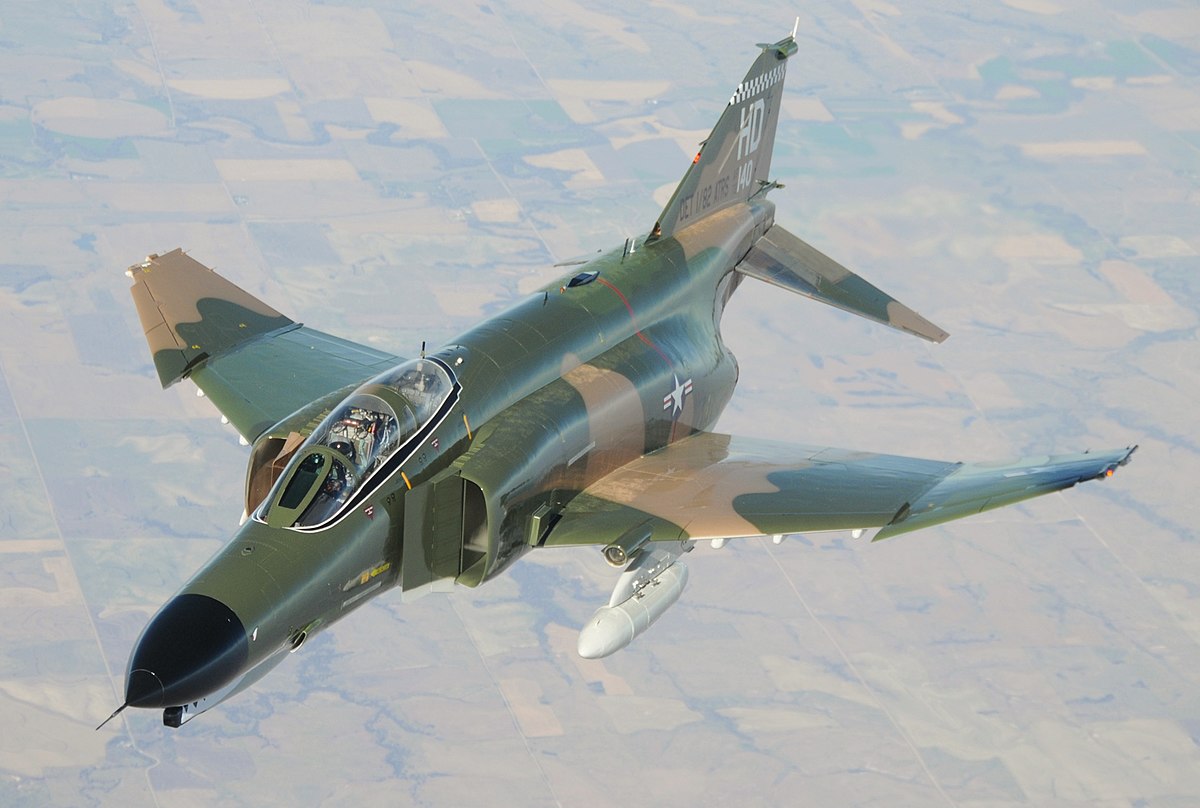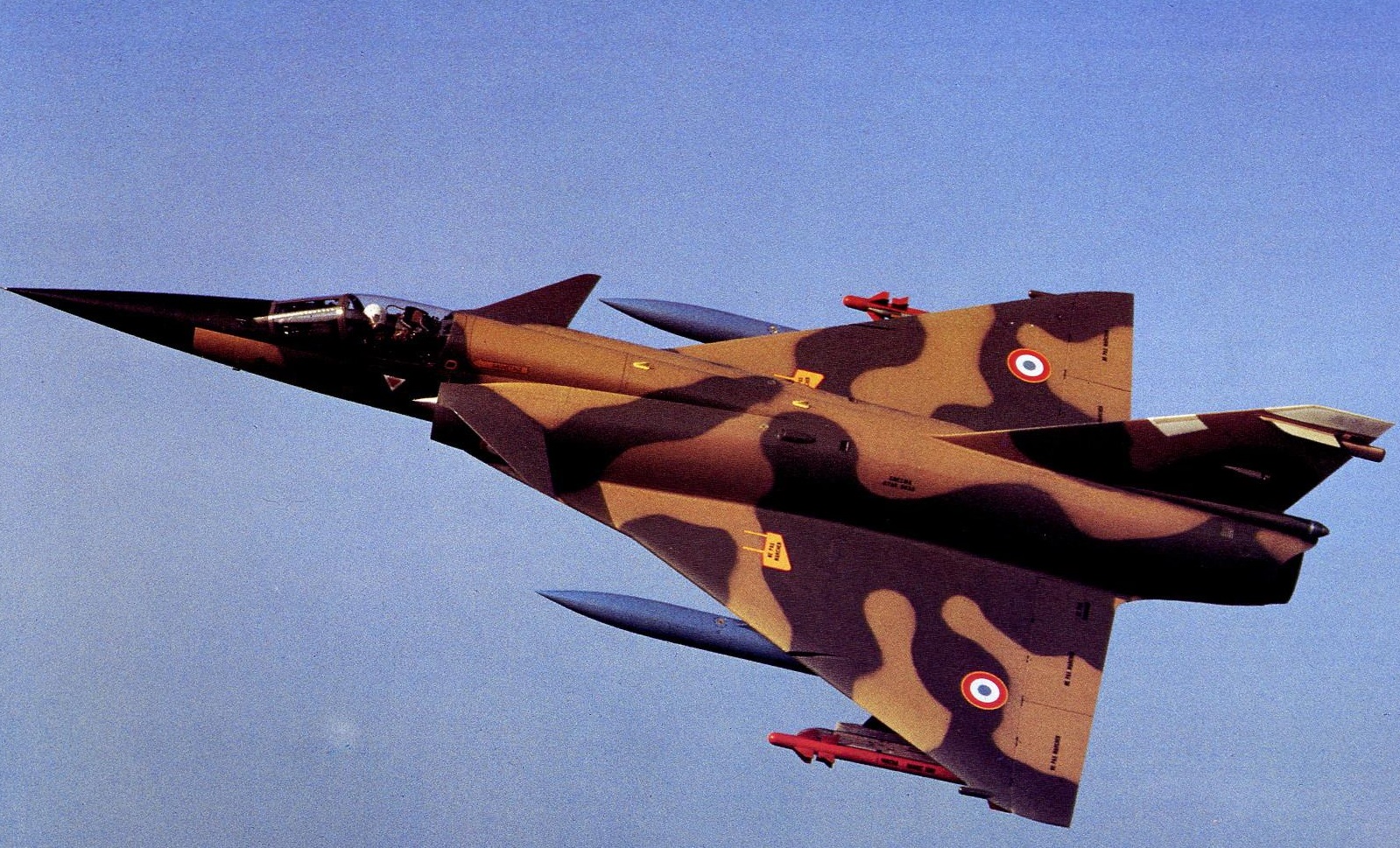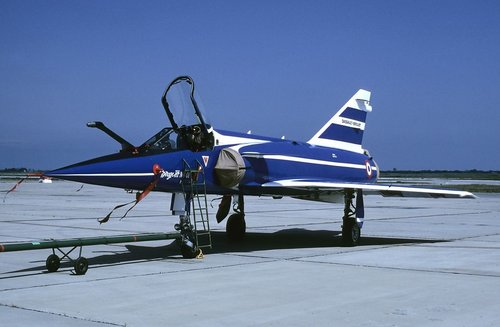... So far I can think of
Vickers
Avro
De Havilland
You've got them all.
Canadian Vickers Limited aircraft division was formed in 1923 to build 6 x British Vickers
Viking IV flying boats. Canadian Vickers then produced a range of indigenous designs but most their production was license-builds. One unrealized wartime project was production of licensed Grumman F6F-1
Hellcats (assigned BuAer designation FV-1 but then cancelled in 1943).
Canadair Limited was formed as a Crown Corporation in Nov 1944 to allow Canadian Vickers to focus on wartime shipbuilding. As noted before, Canadair Limited was bought by Electric Boat in Sept 1946 before becoming part of General Dynamics in 1952. In 1976, the GoC re-acquired Canadair as a Crown Corporation. In 1986, Canadair was sold to Bombardier.
De Havilland Aircraft of Canada Limited was formed in 1928 to assemble and support DH products in Canada before designing and building its own designs. The take-overs and mergers are a little convoluted so I'll break them down by date.
1960: DHC becomes part of the Hawker Siddeley Group PLC
1974: Government of Canada (GoC) buys DHC from HS Group
- GoC felt HSG wasn't properly supporting the
Dash 7 programme
1986: Boeing buys DHC, become Boeing Canada, de Havilland Division
1989: Boeing offers profitless DHC division for sale again
1991: EC blocks ATR purchase offer for DHC from Boeing
1992: DHC sold to Bombardier (with Gov't of Ontario support)
- Bombardier Aerospace de Havilland Division
2006: Bombardier sells DHC rights* to Viking Air Ltd
- * To DHC-1 through DHC-7 lines but not to the DHC-8
2018: Longview Aviation Capital buys
Dash 8 programme
- Longview is the parent company of Viking Air Ltd
2019: Longview launches de Havilland Aircraft Co. of Canada
Avro Canada's lineage is a little more complex. A host of WW2-era Canadian aircraft (or aircraft component) makers were divisions of railway equipment firms: Canadian Car & Foundry Company Limited (CCF or CanCar); National Steel Car Corporation; and the smaller Ottawa Car Manufacturing Company.
All three railway companies' aircraft divisions later became part of Canadian Associated Aircraft Limited - a consortium organized to produce bombers in Canada (first the Handley Page
Hampden, then other unrealized projects for 140 x Short
Stirling Mk.IIs, replaced in plans by the Handley Page
Halifax, then 200 x Martin
Marauders for the RCAF, and finally Avro
Lancasters).
To build
Lancaster B.Mk.Xs, the Canadian government expropriated the poorly-run National Steel Car plant at Malton, ON, and formed Victory Aircraft Limited on 05 Nov 1942. You already know about the postwar transition from Victory Aircraft to Avro Canada.
BTW, the bomber consortium and Victory Aircraft had a number of unrealized projects during WW2.
Planned wartime bomber production in Canada:
- Bréguet Br 695: National Steel Car, x ??
-- Intended for the French, UK AirMin tried to thwart, shelved Oct 1939
- Short
Stirling Mk.II: Canadian Associated Aircraft, x 140
-- Intended to replace
Hampden on prod'n lines, cancelled Dec 1940
- Handley Page
Halifax: Canadian Associated Aircraft, x ??
-- Dec 1940, replaced
Stirling in plans, cancelled early 1941
- Martin
Marauder: CAA/National Steel Car (for RCAF), x ~200
-- Early 1941 plan, project cancelled by DMS in November 1941
- Avro
Lancaster: CAA/National Steel Car (& orig. CCF), x 300
-- First
Lancaster contract, led to spring 1942 GoC take-over
- Avro
Lincoln B.Mk.XV: Victory Aircraft, x 100, cancelled Aug 1945
-- 1 x 'job-creation' pattern
Lincoln finally completed in Oct 1945
Immediate postwar Victory Aircraft designs included:
- Project 7: 5+48 pax high-winged transport aircraft
-- Project 7: 4 x 2,000 hp (??) radials, span 44.20 m
- Project 9: 4+33 inter-city/transcontinental airliner
-- Project 9: Lancaster components with new fuselage
Realized wartime bomber production in Canada:
- Bristol
Bolingbroke: Fairchild Aircraft Ltd.
- Avro
Lancaster B.Mk.X: Victory Aircraft, x 422
- Avro
Lancaster XPP: Victory Aircraft, x 8
-- Pre-dating
Lancastrian, orig. with Victory/TCA
- Avro
York (Canadian): Victory Aircraft, x 1
--
York FM400 first flew Nov 1944, no RCAF orders
I am, of course omitting flying boat/amphibian patrol bombers (Supermarine
Stranraer plus Canadian Vickers- and Boeing Canada-built
Catalinas/
Cansos) and light recce types (Canadian Vickers-built Northrop
Deltas, National Steel Car-built Westland
Lysanders, etc.).
Actually, the
Bolingbroke brings up the subject is US subsidiaries and their Canadian buds. Fairchild Aircraft Ltd became entirely Canadian-owned soley so that the Longueuil firm could build the British
Bolingbroke.




